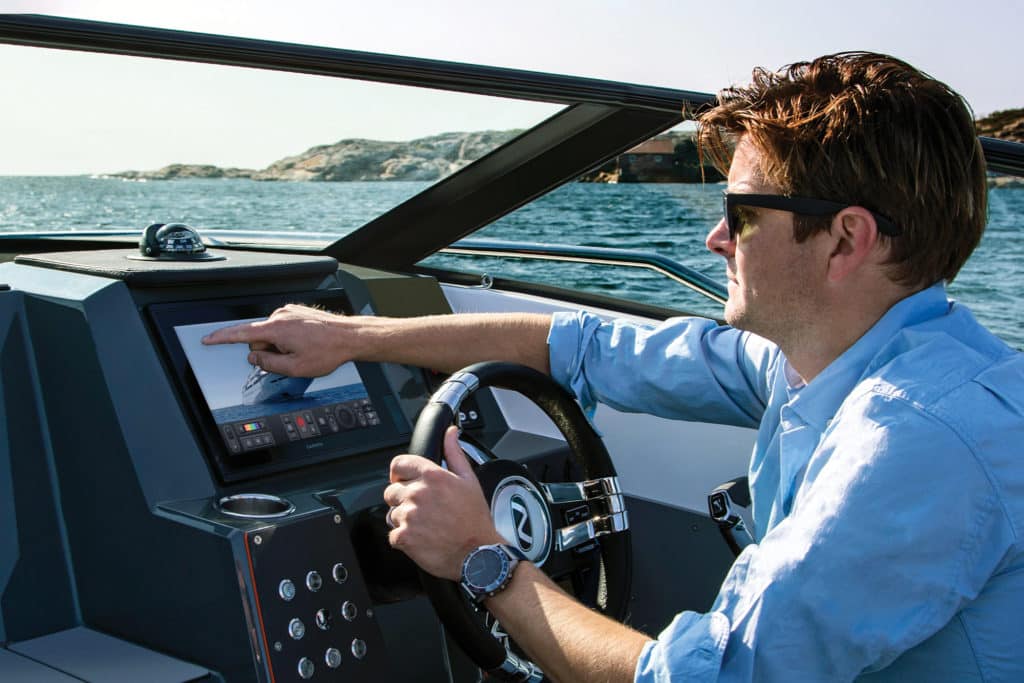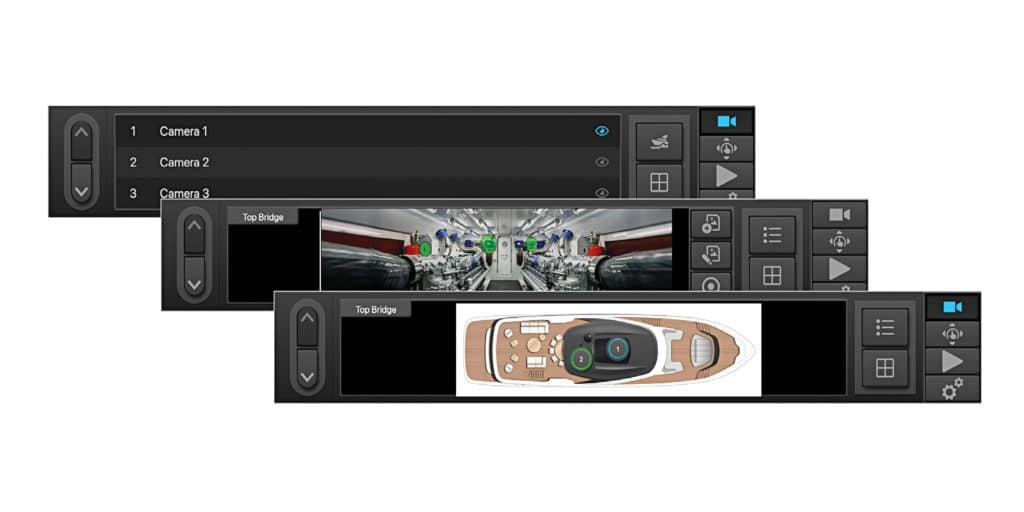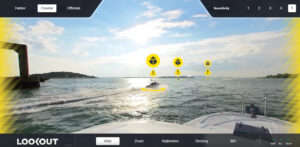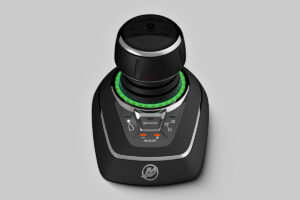
Security and situational-awareness technologies aren’t typically missed until they’re needed. For example, my family didn’t spend much time pondering onboard security until our sailboat was robbed. Likewise, I didn’t realize how dependent I’d become on my car’s backup camera until I recently drove an older ride.
Cellular-enabled security systems can alert today’s yachtsmen to intruders, and onboard cameras can simplify docking from a helm with obscured sightlines, even if these capabilities are still a far cry from the movies where a tripped security sensor raises alarms and triggers multiple cameras to start recording.
But what if onboard cameras and security technologies could be integrated, giving owners better asset protection and situational awareness? That’s the promise of Iris Innovations’ CMAC system.
Onboard security systems and marinized daylight and thermal-imaging cameras aren’t new, but this equipment has, until now, operated independently (shy of some bespoke networking). The CMAC system lets owners integrate cameras and onboard alarms, as well as control and manage them via a multifunction display, app or dedicated Iris screen. If the yacht is connected to the internet, users can keep an eye out from afar. Also, model depending, users can record their camera’s video stream locally.
The CMAC system has a black box mounted belowdecks that sits between a yacht’s cameras and security system. “It’s a centralized hub that all cameras [and security systems] connect to,” says Carl Hitchcock, Iris Innovations’ technical director.
CMAC bolsters the effectiveness of the camera and onboard alarm systems, which users can control via the Iris Control HTML5 app’s graphical user interface. The system offers different levels of user-selected automation. The app can reside on networked multifunction displays or wireless devices, or be accessed via a third-party app.
To set up the system, users upload deck plans and photos of their yacht, and then drag and drop icons onto the deck plans to represent where their networked cameras (fixed or pan, tilt and zoom, known collectively as PTZ) and security-system sensors are located. Then, users can activate and control networked cameras by tapping the onscreen icons, and can arm or disarm the security system via touchscreen. Should the security system trip, the icon representing the tripped sensor flashes red, and users can instantly command nearby cameras—either manually or via the system’s automated settings—to put electronic eyes on that region of the yacht. All told, the CMAC system supports 32 onboard cameras and multiple alarm inputs.
In addition, the Iris Control HTML5 app delivers a virtual joystick that lets users direct PTZ cameras to areas or individuals of interest. While the Iris Control HTML5 app was initially created to work with Garmin’s OneHelm system, Hitchcock says the app’s HTML5 architecture makes it easy to integrate with other manufacturers’ displays.

Likewise, CMAC is designed to work with a variety of daylight and thermal-imaging cameras, meaning yachtsmen don’t need to spec Iris-built cameras to leverage CMAC’s full capabilities. CMAC also works with most security systems, as long as Iris Innovations has access to the system’s protocol. Additionally, Iris Innovations plans to launch its own security system this year.
Iris Innovations builds three versions of CMAC. The basic version ($350) delivers interface controls for the yacht’s security system and all networked cameras (this is ideal for smaller boats, including center-consoles). The IP-only version ($1,195) works with cameras that have internet protocol enabled, while the hybrid version ($1,865) works with analog, IP, analog-high-definition, and transport- or composite-video-interface cameras. The IP-only and hybrid versions each have a 4-terabyte solid-state hard drive housed in a stabilized, vibration-resistant caddy. This drive records imagery and can be removed and plugged into a computer to review footage.
CMAC works with standard door, hatch and pressure security sensors, and it can detect motion in the cameras’ video signals. Should CMAC detect motion, or if a sensor is tripped, CMAC can be programed to activate lights, auditory alarms and cameras, in addition to alerting the yacht’s owner.
“CMAC can tell two cameras to spin around and look at that area,” Hitchcock says, adding that CMAC’s IP-only and hybrid versions can be set up to constantly record video imagery onto their hard drives, even when the yacht is unattended. “It [records] using a low frame rate and low-resolution [imagery], but if the alarm is tripped, it automatically increases the frame rate and resolution.”
CMAC also can use facial-recognition software to identify suspicious behavior. “Owners can set the system up so that it knows what [they] look like and doesn’t trip” when owners come aboard, Hitchcock says.
The system’s automation isn’t limited to security functions. For example, Hitchcock says, if an operator wants to look at a gauge in the engine room, he can pull up the engine-room map on the multifunction display and tap an icon. CMAC will turn one or more cameras to look at the gauge.
Automation can also simplify stern-to berthing. “Owners can set up an icon and have two cameras switched to the stern,” he says.
Last, if the yacht has internet connectivity via Wi-Fi, cellular or satellite networks, owners can monitor and control the cameras and security system from afar. “CMAC can send messages via email or push notification,” he says.
So, if you’re outfitting a new yacht, refitting your existing ride, or want tighter synergy between your security system and onboard cameras, CMAC could be the right investment. Odds are good that once you get accustomed to the system’s level of integrated situational awareness, anything less will feel a lot like driving an old-school automobile.









